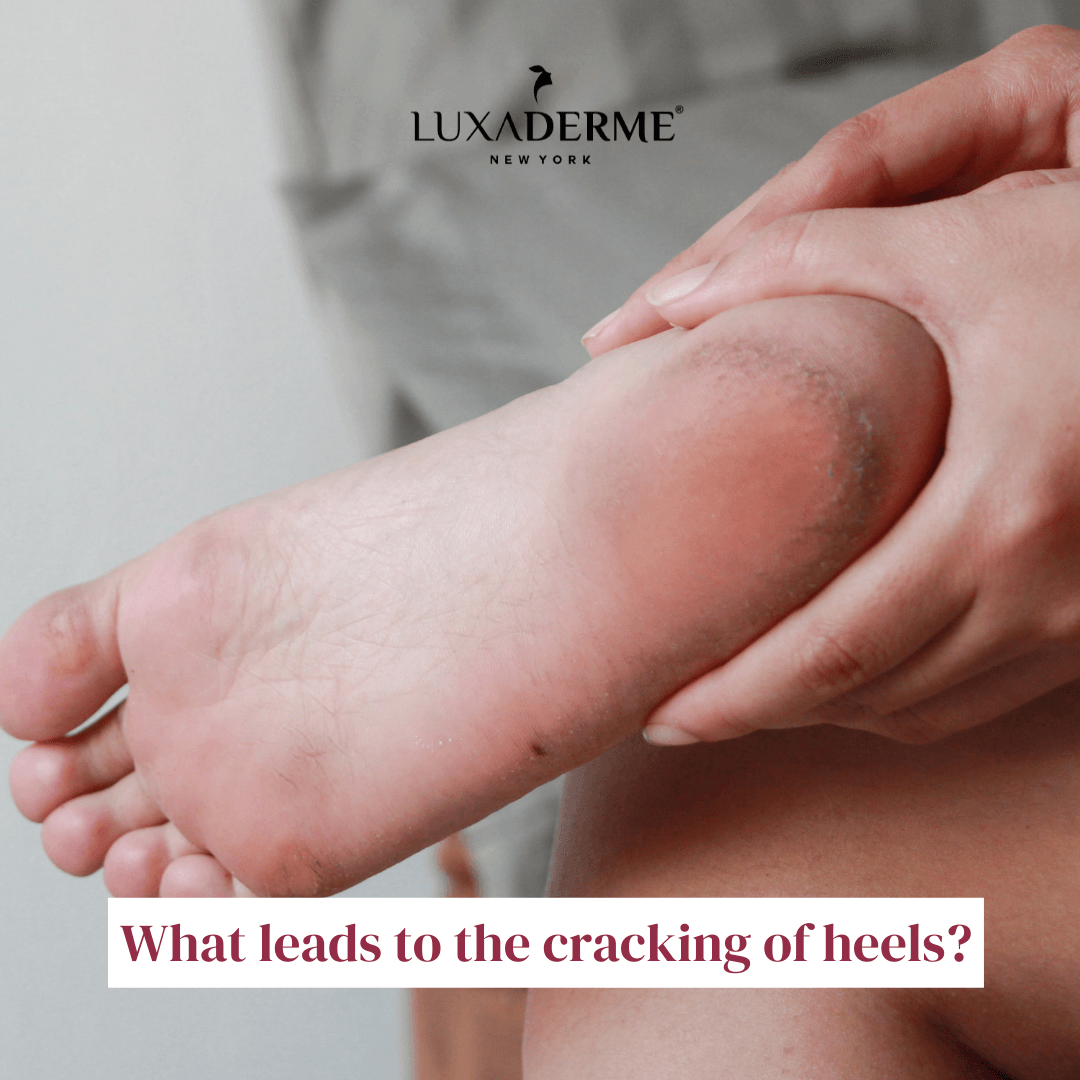As our feet are committed to supporting our bodies, they need to bear a great deal of force. When we apply pressure to the heels, the skin stretches outwards. When our skin dries up, it becomes much less elastic and hard, making it more prone to cracks and breaking.
Though cracked heels are not pleasing, they rarely cause major problems. However, in exceptional situations, badly damaged heels could get infected and cause cellulitis, a kind of skin infection. Whatever is the reason for having cracked heels, there are effective treatment options. There are also preventative measures you may do to prevent your heels from cracking.
But let’s take a look at what causes cracked heels in the first place
As the skin surrounding your heel gets dry, it gets more vulnerable to cracks.
- Wearing open-heeled footwear like sandals can increase the chance of getting cracked heels.
- The friction from the rear of your shoes might promote heel dryness and crack. Wearing supportive, well-fitting, enclosed shoes with socks may help relieve discomfort. Weather is another factor that frequently contributes to the situation. When the humidity is low and the temperature outside is chilly, skin tends to become dry.
- Regularly exposing feet to hot water during showers and baths also dries out the skin, particularly if it is not moisturized.
- Athlete's Foot - A fungal infection that most usually occurs on the soles of the feet and between the toes. Athlete's Foot is characterized by itchy, dry, flaking skin. In extreme cases, irritation and cracks may develop. Athletes frequently have sweaty feet and use the change rooms where the fungus is present, thus the name "athlete's foot" was coined.
How to get rid of dry skin?
- Firstly, begin the day by moisturizing your feet, every day
- Before going to bed, pay special care to your heels: Soak your feet in plain warm water for around 10-20 minutes before patting them dry. Then, using a scrubber, gently rub your heels to help remove dead skin
- Then, using a scrubber, gently rub your heels to help remove dead skin
- Use socks to protect your feet.
- To keep your feet sweat-free and bacteria-free, choose winter socks made of natural fabrics such as wool or cotton rather than synthetic blends.
Try LuxaDerme’s Peeling and Exfoliating Foot Mask which is enriched with AHA, BHA & 30+ botanicals that help slough off the dry, dead skin. Helps soften and protect the skin. The Foot Mask is easy to use and paraben-free.
Neglecting dry and cracked heels may develop deeper cracks over time, and also might increase your infection risk.
Consistency is essential when following a particular foot care plan to address dry skin and damaged heels. Although you may notice some improvement after the initial treatment, it may take many weeks for the cracks to completely heal.





